The George Eastman House needs you! Maybe.
Last April, it announced the creation of The Center for the Legacy of Photography, as well as Notes On Photographs, a collaborative wiki website at which curators, conservators, collectors and the general public would be able to share knowledge about photographic prints — the camera, the process, the inscriptions, the age, and so on.
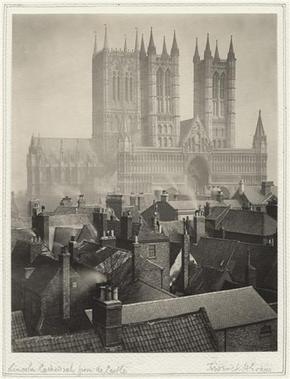 I wrote about it all then, and now there’s more to report. A recent Eastman House newsletter announced that the site, “dedicated to illustrating key aspects of a photographer’s work,” is now available.
I wrote about it all then, and now there’s more to report. A recent Eastman House newsletter announced that the site, “dedicated to illustrating key aspects of a photographer’s work,” is now available.
In truth, the site needs much more content. Emily Welch, the project’s manager, tells me that the pages for Alvin Langdon Coburn, Lewis Wickes Hine, and Frederick Henry Evans (his Lincoln Cathedral, 1895, is at right) are “well-populated.” Have a look.
But this is where you may come in — at three possible levels. Those pages are curated, by “invited” curators with proven expertise who volunteer to take responsibility for an article or topic. The curator assesses contributed information and revises a page as appropriate. It’s all archived in the wiki histories, so everyone can see decisions about content.
Say you’re not in that category.
[Read more…] about Notes On Photographs Comes To Life: A Wiki

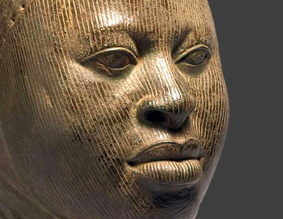
 On the big side, it will have more ambitous exhibits — one of the
On the big side, it will have more ambitous exhibits — one of the 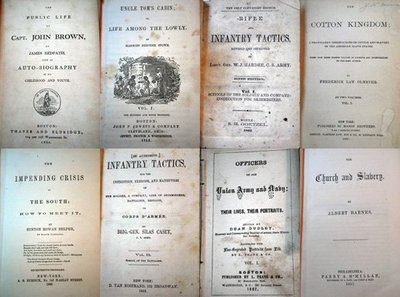
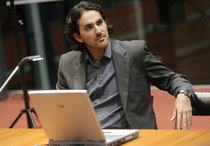
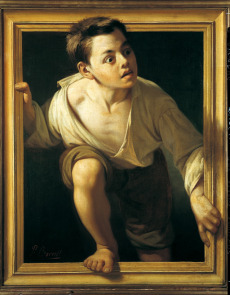 Florence until Jan. 24. (It started last month.) The poster picture (left) is a pretty good indication of why — doesn’t Pere Borrell Del Caso’s Escaping Criticism make you smile?
Florence until Jan. 24. (It started last month.) The poster picture (left) is a pretty good indication of why — doesn’t Pere Borrell Del Caso’s Escaping Criticism make you smile?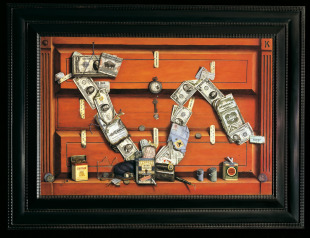 The exhibit also gives Europeans their first look at works by American artists specializing in trompe-l’Å“il — such as Peto, Kaye, Harnett and Haberle.
The exhibit also gives Europeans their first look at works by American artists specializing in trompe-l’Å“il — such as Peto, Kaye, Harnett and Haberle.